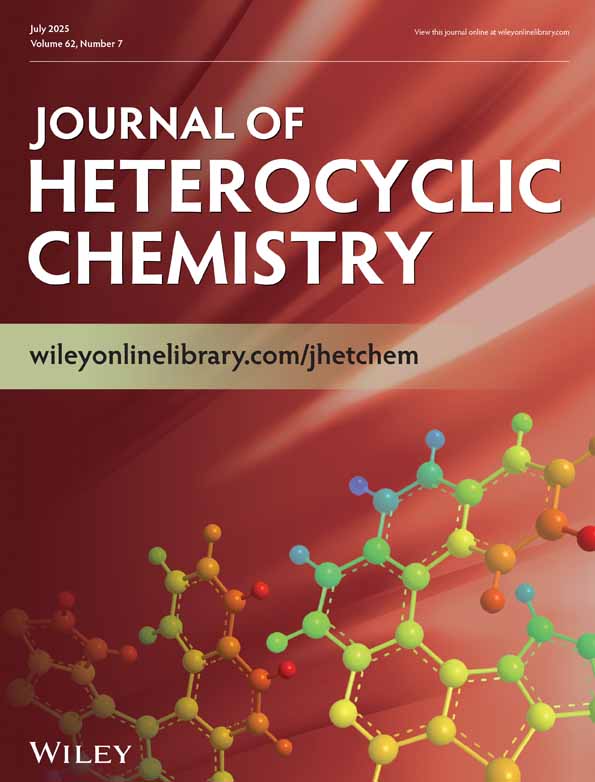The acid-catalyzed rearrangement of 1-N-allylindolines
Abstract
Zinc chloride-catalyzed rearrangement of 1-N-allylindoline and 1-N-(2-methylallyl)indoline proceeds readily in refluxing xylene to give 7-allylindoline and 7-(2-methylallyl)indoline in 73% and 86% yields, respectively. The reaction of 1-N-2-butenylindoline and zinc chloride give rise to the mixture of 7-(1-methylallyl)indoline, 7-(cis- and trans-1-methyl-1-propenyl)indoline, and 7-(trans-2-butenyl)indoline. On the other hand, the similar reaction of 1-N-(3-methyl-2-butenyl)indoline with zinc chloride led to the formation of a mixture of 1,2,5,6-tetrahydro-4,4-dimethyl-4H-pyrrolo[3,2,1-ij]quinoline and 7-(3-methyl-2-butenyl)indoline.




